The Wall
One of June’s favourite objects is her back garden wall, which is the last remaining piece of the town’s medieval wall. Since June moved to Harwich in 2009 and found out by chance about the wall’s history, the wall has played a significant part in her life (and in the film). One could say that the wall’s and June’s own history have been intertwined, and both have aged together since their first encounter.
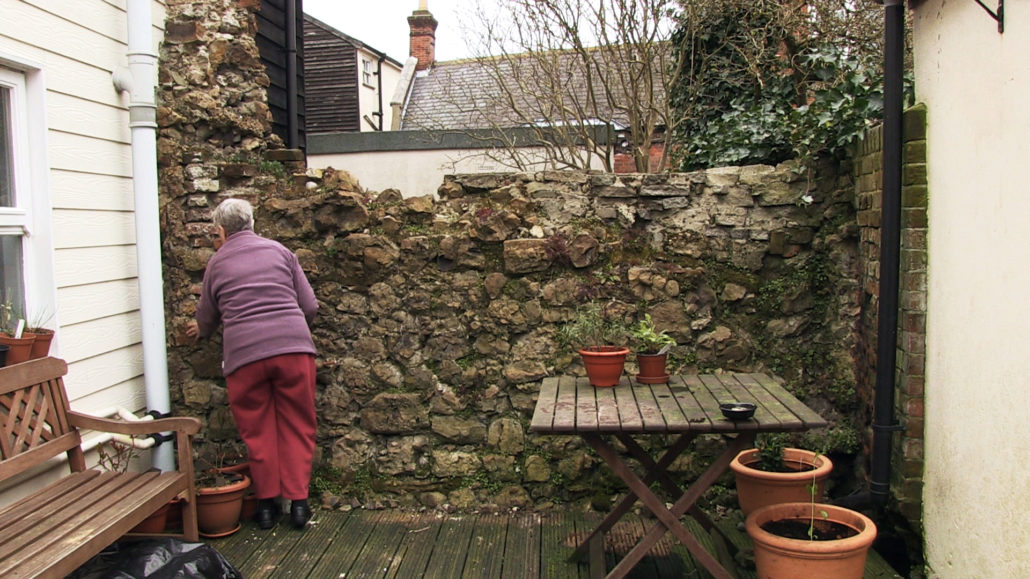
This relationship has not been static and has been subject of many different circumstances. Below are the stages of the wall’s different identities throughout its shared history with June.
The Wall as Fortification
The land on which Harwich stands was created in the 11th century when the Gulf Stream altered its course and the Rivers Orwell and Stour changed their paths. The town of Harwich was developed in around 1150 (then known as Herwyz or Herewyk), and due to its location on the east coat of England and on the estuary of the rivers Orwell and Stour, it quickly became a thriving port. It was granted a Royal Charter by Edward II in 1318 (Source: British Library).
The below Elizabethan plan (about 1560) is one of the oldest, preserved representations of the town wall (pink outline), which was built in the 12th or 13th century. The yellow dot indicates the wall part in June’s garden.
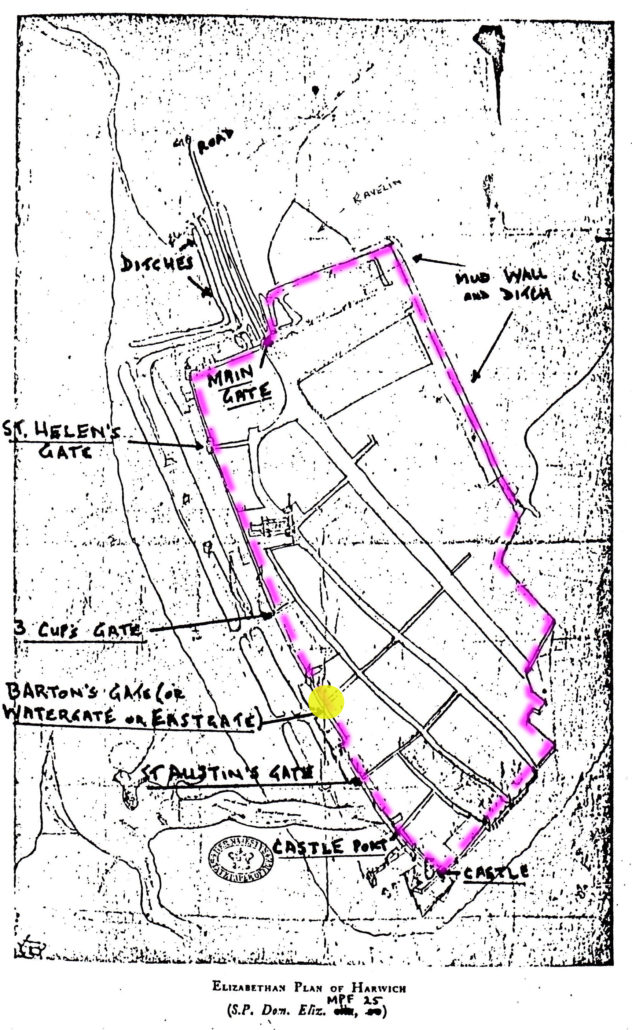
By 1750 the original medieval wall was removed in order to expand fortifications around Harwich.
Today June’s garden wall is the only remaining piece of the original medieval wall. Below is a contemporary view of Harwich with the estimated wall (pink) and the position of June’s garden (yellow dot).
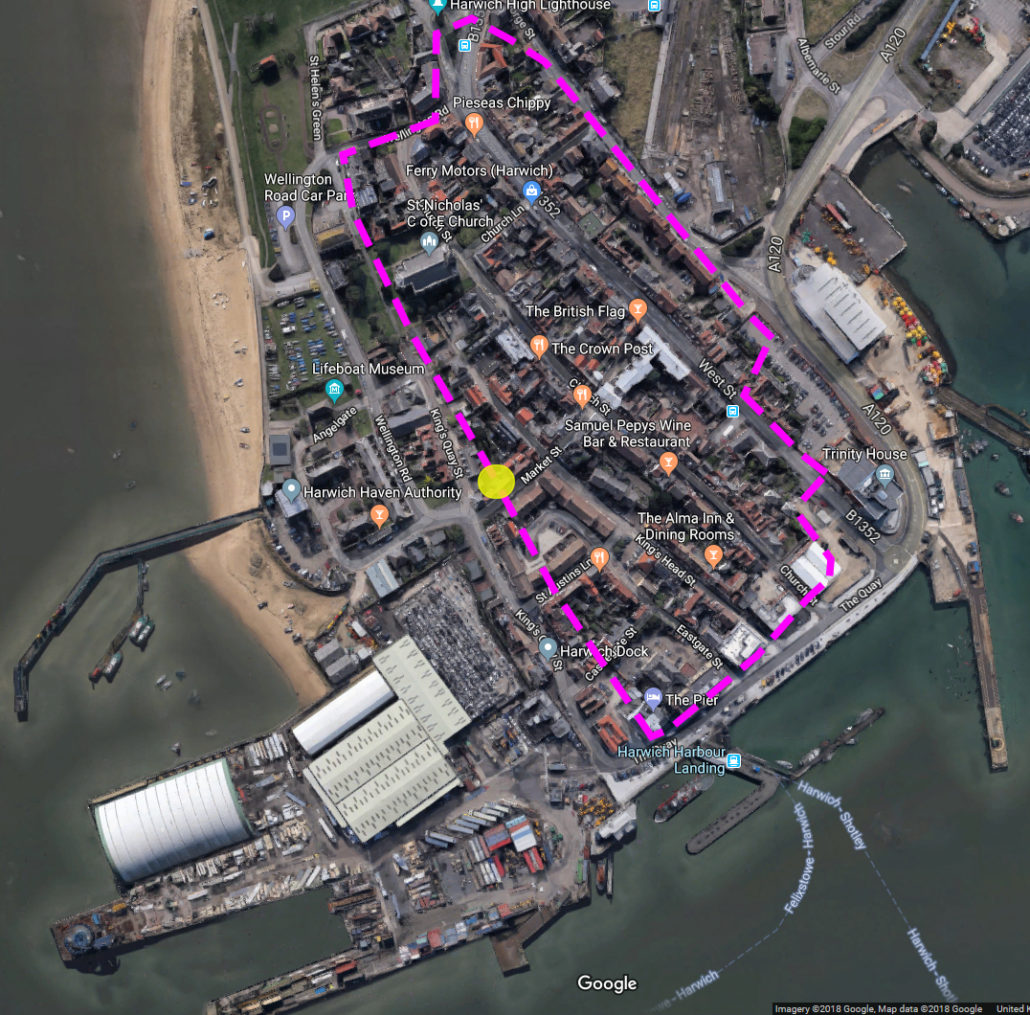
The Wall as Garden Wall and Inspiration
Soon after June moved to Harwich and started spending time in her little, quiet back garden, the wall inspired her to write her first book “The Wall”, a collection of three short stories taking place in different centuries (13th, 16th and 19th), and each featuring the wall. This was the beginning of a prolific writing career.
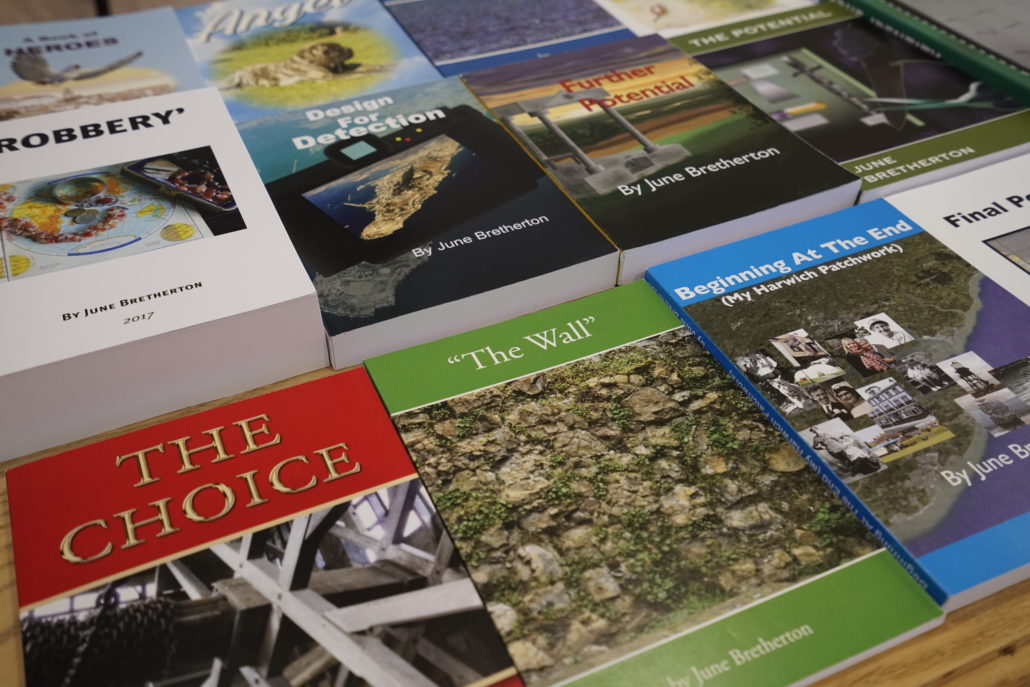
This was also the beginning of June’s interest in Harwich’s history, having by now accumulated a vast historical knowledge of local streets, buildings, events and people. In the film she recounts the history of her house’s architecture and material elements, as well as the history of a nearby narrow passageway that used to be a busy market street (picture below).
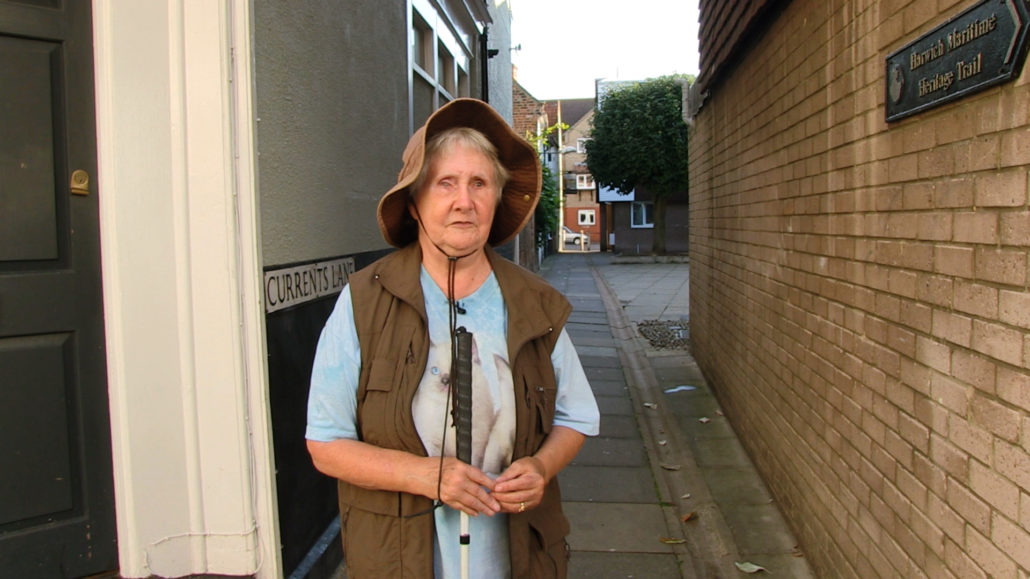
The Wall as Friend and Object of Custodianship
In the below extract from the film, June expresses her deep attachment to the wall and her concern of it deteriorating because of ‘age’ and adverse weather conditions. As she gets no support from the English Heritage Trust, she considers herself to be the wall’s only custodian.
The Wall being protected from the Public
On a hot summer’s day, June recounts an anecdote about the time she considered displaying the wall to the public as part of the local annual ‘Secret Garden’ event. In the end, she changed her mind because she didn’t want strangers to know how to access the garden through the back entrance of the house.
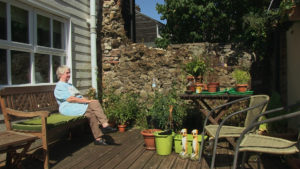 |
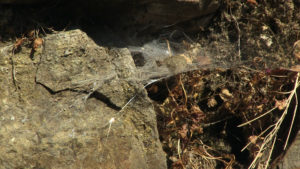 |
The Refurbished Wall
Eventually June gathers the funds to refurbish the wall. Given that now she doesn’t have to keep putting back crumbled pieces of rock, she admits that she spends much less time touching the wall.
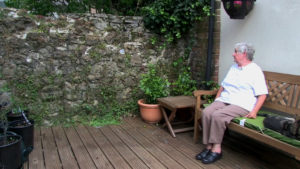 |
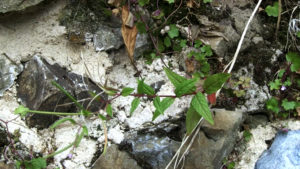 |
The Wall as Nuisance
June is sitting in her garden, interacting with her dog, and talking about how the wall is responsible for the damp in the living room. She explains that the wall appears to be part of the exterior wall of the house itself, and the porous rock channels the water into the house.
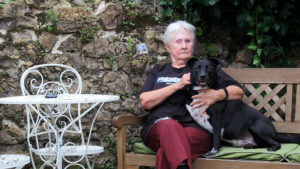 |
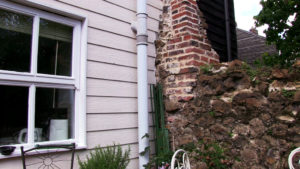 |
